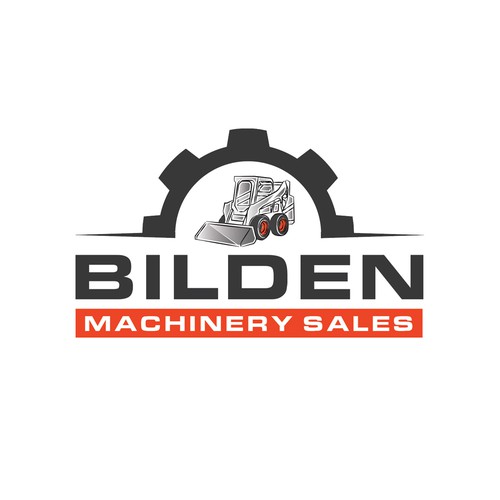A papad making machine is designed for producing papads, which are thin, crispy Indian snacks made from lentil flour, rice flour, or other grains. These machines automate various stages of the papad-making process, from mixing the dough to shaping and drying. Here’s an overview of their features, types, and applications:

Key Features
Dough Preparation:
- Many machines include a mixing unit to combine the flour with water and spices, ensuring a consistent dough.
Rolling and Shaping:
- The machine rolls out the dough into thin sheets and cuts them into circular or other shapes, typically using molds or cutters.
Drying Process:
- Some machines have built-in drying mechanisms, or they may produce sheets that are later dried in the sun or using dehydrators to remove moisture.
Adjustable Settings:
- Users can often adjust the thickness of the papads and the size of the final product.
Automation:
- Many modern machines are fully automated, minimizing labor and increasing efficiency in production.
Types of Papad Making Machines
Manual Machines:
- Simple hand-operated machines suitable for small-scale production or home use.
Semi-Automatic Machines:
- These machines automate some processes, like mixing and rolling, while still requiring some manual intervention.
Fully Automatic Machines:
- Designed for commercial use, these machines handle the entire process from dough mixing to shaping and drying, significantly increasing production capacity.
Applications
- Food Industry: Used by manufacturers and food processing units to produce papads for retail.
- Home Use: Smaller models are available for individuals or small businesses looking to make papads at home.
Advantages
- Efficiency: Automating the process speeds up production and reduces labor costs.
- Consistency: Machines ensure uniformity in size and thickness, which is essential for even cooking and quality.
- Cost-Effective: Producing papads in-house can be more economical than purchasing them from the market.
Maintenance
To ensure optimal performance, regular maintenance is necessary, which may include:
- Cleaning the machine parts to prevent flour buildup and contamination.
- Inspecting and lubricating moving parts.
- Checking electrical components for safety.





